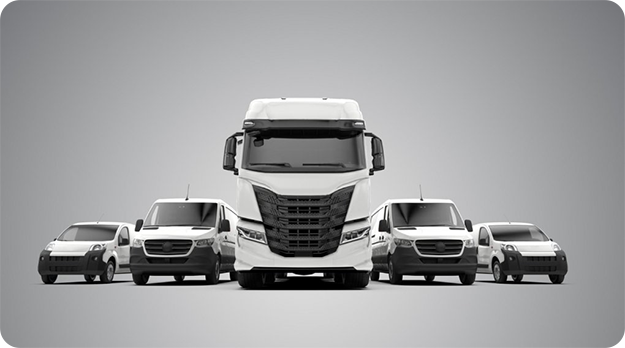The above-mentioned issues do not occur in the installation of the S10.3/S10.5 terminal. The S10 technology supports all bus standards available on the market – J1939, J1708, FMS, OBD, K-Line (in the case of S10.5). If, during installation, it turns out that there is no FMS connector or it is inactive, then it is necessary to connect to the bus using a dedicated connection scheme for the specific vehicle model. | 
 2024-10-28
2024-10-28

 back
back

 2024-10-28
2024-10-28

 back
back